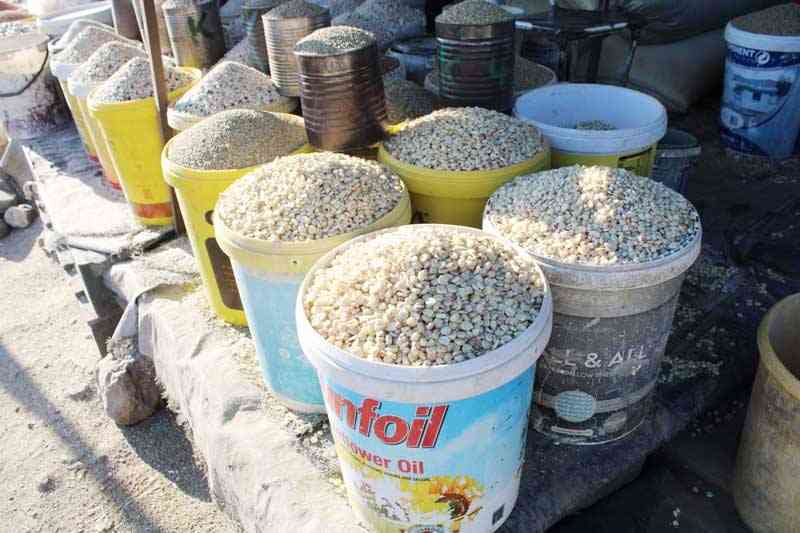
MATABELELAND and Masvingo provinces face acute food shortages as cereal stocks in the south-western region have either run out or are fast depleting for most households.
An August-September 2022 report for monitoring agency, Famine Early Warning Systems Network (FewsNet), indicated that much of Matabeleland and Masvingo region will have to rely on food aid in the coming weeks to prevent hunger induced deaths.
“In the face of depleted and below-normal own-produced food stocks, constrained livelihoods, and significantly above-normal market prices, most households are engaging in coping strategies earlier than normal in the lead-up to the annual lean season,” the report reads.
Matabeleland North and South as well as Masvingo provinces are said to be facing a major food crisis.
Parts of Manicaland and Midlands are defined as “stressed” while Mashonaland East, Harare and Mashonaland West provinces are said to be minimally affected.
This report says what has worsened the food insecurity situation in the region is poverty where the majority of villagers cannot afford to buy maize.
“Maize grain prices in United States and Zimbabwe dollars are above normal, and continuing to increase,” the report said.
“Prices in surplus-producing areas range between US$4 and US$5, whereas typically they should be between US$3 and US$4 per 17.5kg bucket this time of the year.
- Prices continue to skyrocket
- Zanu PF cllr ‘denies’ CCC members food aid
- Land barons invade Ntabazinduna
- Whose responsibility is preservation of cultural heritage?
Keep Reading
“In most deficit-producing areas, when and where available, current prices are up to US$8 per bucket, which are prices typically not expected until the peak lean season between January and March.”
Early this month, government said it will start feeding more than two million citizens facing hunger beginning this month.
In the past, food aid distribution programmes have been hijacked by ruling Zanu PF activists.
According to humanitarian aid agencies, an estimated five million Zimbabweans are food insecure.
The FewsNet report said the situation was dire and warned that most households will likely exhaust their remaining food stocks in the next coming weeks.
“In typical deficit-producing areas across southern, eastern, western, and north-eastern Zimbabwe, own-produced stocks for most households will completely exhaust their reserves in the coming weeks, negatively impacting dietary diversity and consumption and marking an early start of the lean season,” it added.
“Household reliance on market purchases is increasing, yet household income remains below average as prices soar.”
While the last season was affected by poor rainfall, farmers were also affected by the delayed inputs deliveries under the government Pfumvudza/Intwasa programme where subsistence farmers either received the inputs mid-season or did not receive the inputs at all, the report said.
Last week, the Food and Agriculture Organisation listed Zimbabwe among the world’s top 19 countries that face severe food shortages this year.






